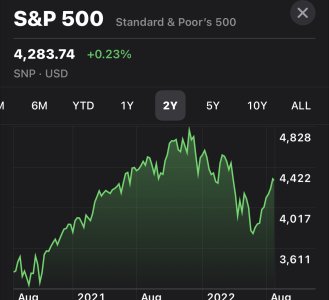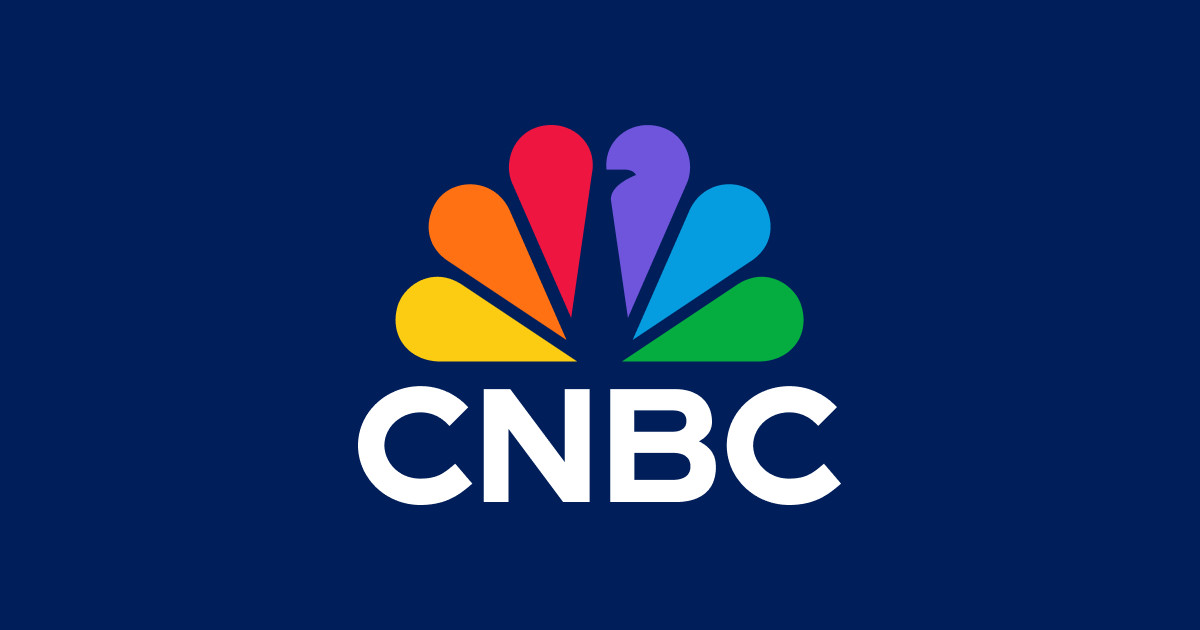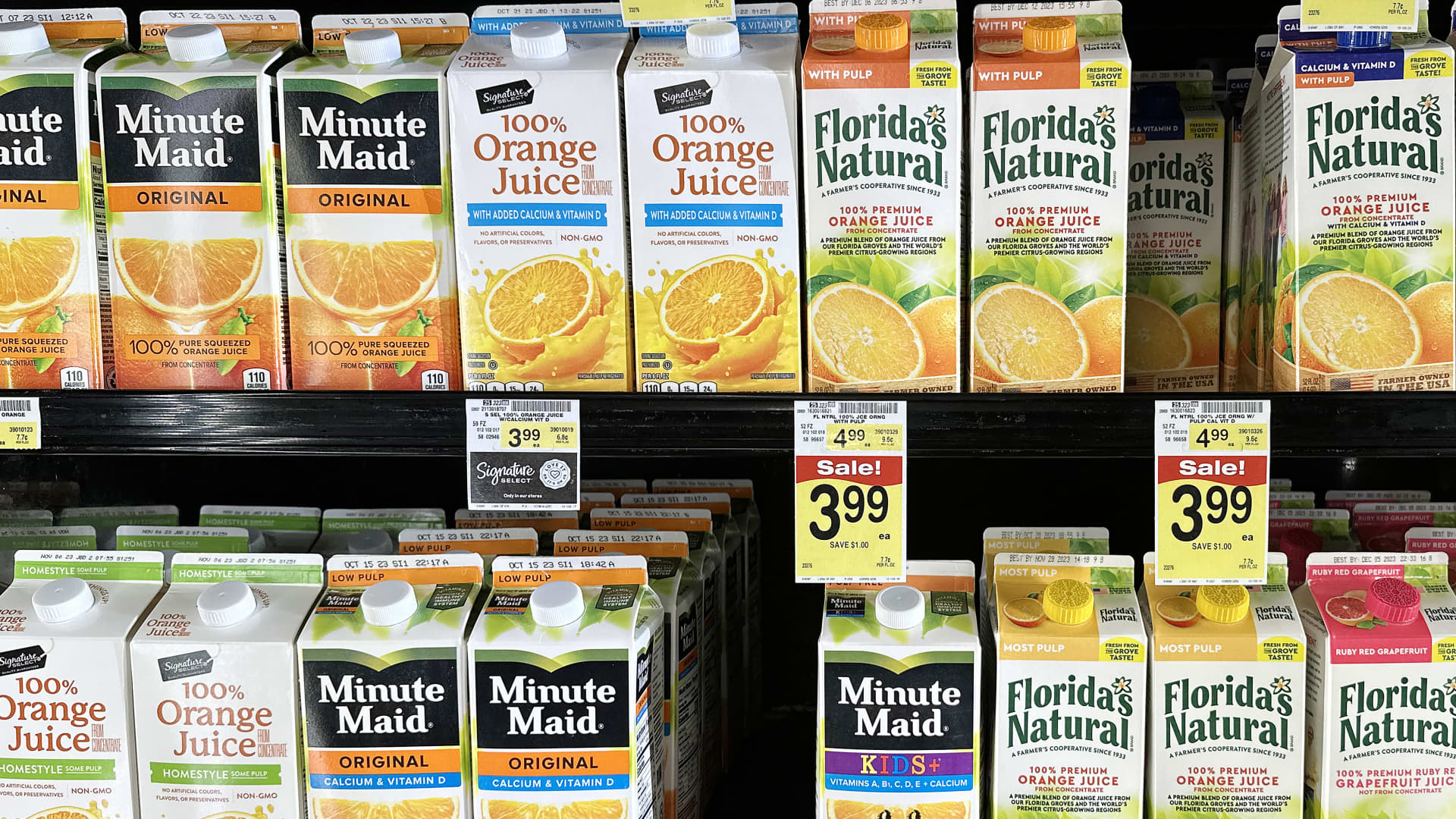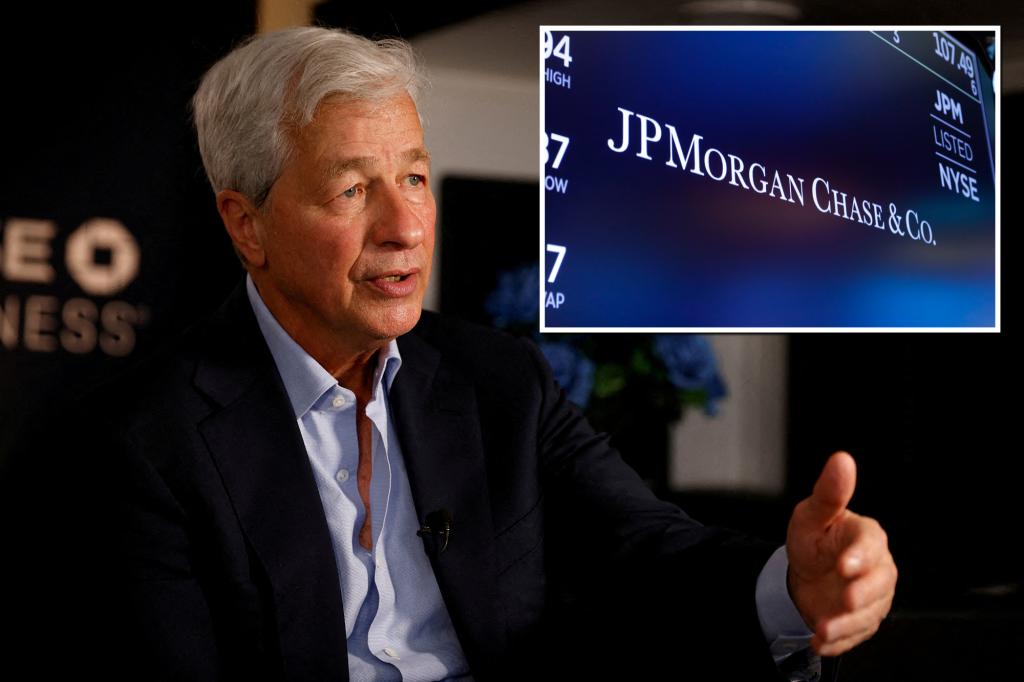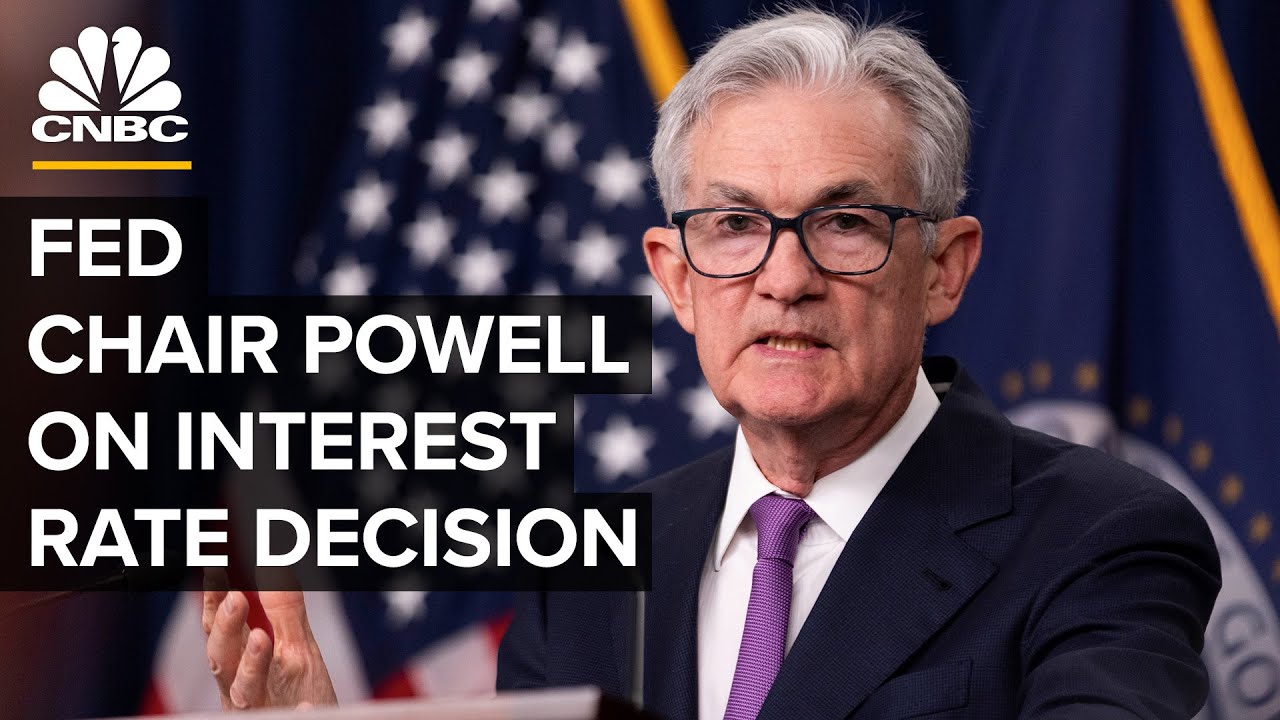The rise in the supply of Treasuries that needs to be absorbed by the market is likely to loom large for a while. The federal government budget deficit has risen sharply this year and is projected to continue to rise, based on estimates provided by the Congressional Budget Office. At the same time, the Federal Reserve is stepping back from accumulating bonds on its balance sheet, removing a significant buyer of bonds from the market.
These concerns may limit how low yields can go as long as the economy is growing. However, in the long run, the correlation between deficits and interest rates is not a strong one. Inflation is a far greater driver of yields. Currently, the impact on inflation is likely to be limited because much of the rise in the deficit is due to higher interest costs, which don't tend to feed into inflation because they don't flow through to consumers or businesses.
On the demand side, concerns about foreign investors reducing their exposure to Treasuries appears overblown. Some countries, such as China, appear to be selling their Treasury holdings to support declining currencies. When a country's currency falls sharply, its central bank raises money through sales of their holdings to buy their own currencies. China's currency has fallen to nearly a seven-year low versus the dollar, which likely accounts for the selling. However, overall holdings of U.S. Treasuries by foreign investors remain near the record highs reached last year.
With U.S. interest rates still higher than those in most other major countries and the dollar's use in global transactions rising, foreign demand is likely to remain strong.
Over the long run the declining trend in inflation and softness in economic growth should allow yields to fall from current levels later this year and into 2024. It's likely to be a bumpy ride, given the cross currents in the market. It's very difficult to time the interest rate market. Waiting in short duration bonds until the Fed is done hiking rates increases reinvestment risk. Yields are at the highest levels in a decade and we don't expect them to stay that high for long.
Moreover, we believe that the Fed is done hiking rates in this cycle. In the past four cycles, 10-year Treasury yields peaked before the last rate hike and then tended to trend lower. It's unusual for long-term yields to peak after the last Fed rate hike. It hasn't happened since the 1970s and early 1980s. While we can't rule out a further rise in yields in the near term, we continue to see opportunities for investors to capture attractive nominal and real yields in their portfolios at current levels.
We expect yields to fall later this year and into 2024 as inflation continues to cool.

www.schwab.com

